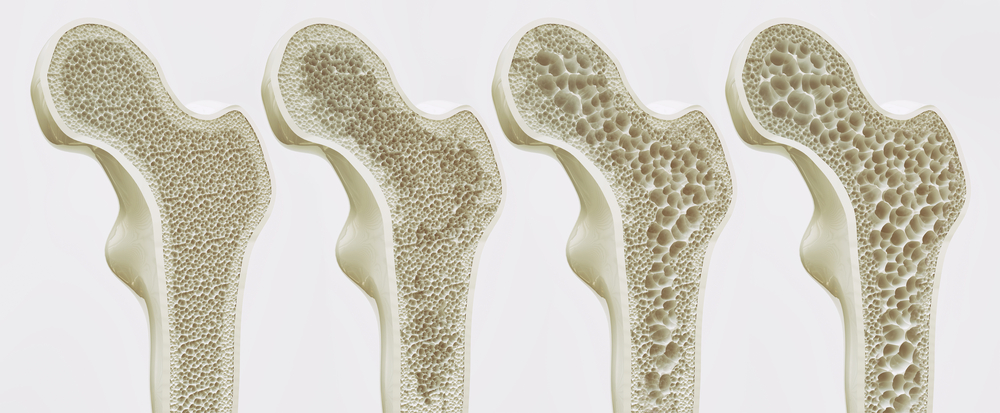This is the fourth blog in a new series discussing pathologies that can be found in seniors. The fourth blog will focus on celiac disease.
Celiac disease, also called celiac sprue and gluten-sensitive enteropathy, is an immune-mediated inflammatory disease of the small intestine. It is a multifactorial disorder characterized by genetic susceptibility, particularly involving the HLA class II genes HLA DQ2 and HLA DQ8 on chromosome 6, and environmental triggers such as the ingestion of gluten-containing diets.
Individuals exhibit sensitivity to prolamins found in wheat, barley, rye, and oats. Common symptoms include diarrhea, bloating, abdominal pain, weight loss, and malabsorption. The mean age at diagnosis is 8.4 years, although the condition can manifest at any age. Celiac disease is often associated with other autoimmune diseases. Serologic testing typically reveals positive IgA anti-transglutaminase (tTG) and IgA antigliadin (AGA) antibodies, aiding in diagnosis and management.
Under the microscope, a key histological feature is an increased number of intraepithelial lymphocytes. Intraepithelial lymphocytes are white blood cells that are found in the epithelium of the small intestine. Typically, there are about 5 intraepithelial lymphocytes per 100 intestinal cells. In celiac disease, there are more than 30 per 100 intestinal cells.
Love them without losing yourself. The Boom Health app helps you manage your loved one’s home care in one app. Download the app from the App Store or Google Play Store.
This article is not intended to be a substitute for professional medical advice or diagnosis. Always seek the advice of your physician or another qualified health provider with any questions you may have regarding a medical condition.





